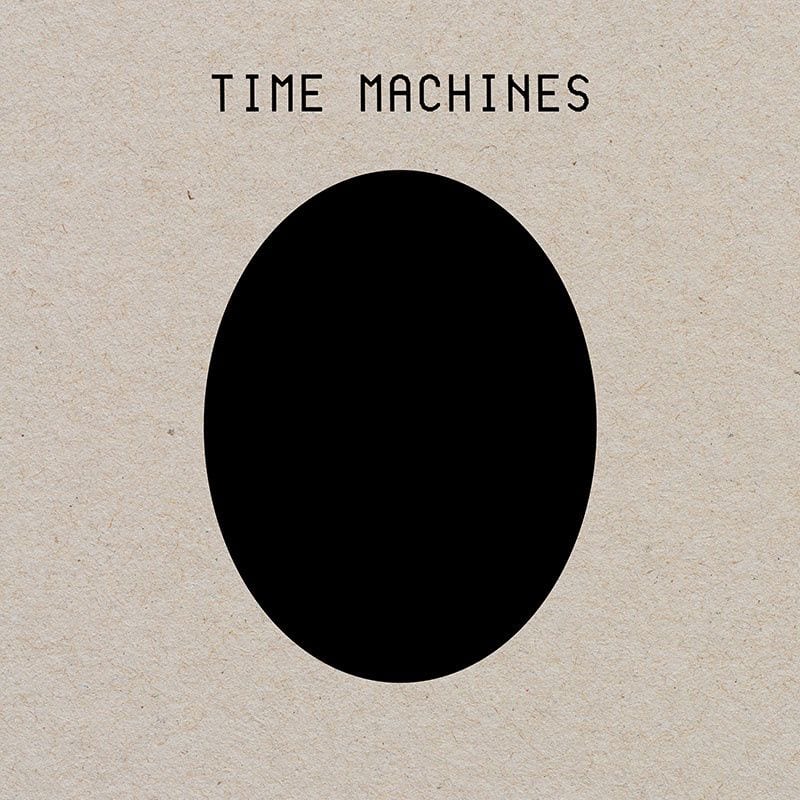
Coil was one of the bands that helped forge extreme experimental music during the ’80s. Far ahead of its time, the band led by John Balance and Peter Christopherson constructed forward-thinking music, incorporating noise, industrial, electronic, and no-wave elements. Providing a non-linear concept when it came to its progressions, the music of Coil became was always extravagant, from the days of Scatology, Horse Rotorvator and Gold Is The Metal With The Broadest Shoulders, to their later releases in Black Antlers and The Ape of Naples.
Coil always tempered with drone music, something that was a prevalent attribute even in their debut album. The work that saw them diving head first into that area was the How To Destroy Angels EP, and its subsequent remixes, but the one recording where the band went full on drone tends to remain obscure. In 1998, Christopherson and Balance, working with fellow band member Drew McDowall, released a record under the Time Machines moniker, considering the work in question to travel too far out of the no-wave territory and therefore could not be released under the Coil name. In following years, the band begun to embrace this part of its history, and so Time Machines became a part of the officially discography of Coil, and today it is being re-released by Dais Records on a remastered format.
The foundation of the record was built by Drew McDowall, before Balance and Christopherson came into the fold and started crafting the compositions. Fascinated by the subject of chemical substances, the four movements of the record are named after different types of chemical compounds of the hallucinogenic drug they were composed for. But the investigation that the band is performing here does not remain solely on the psychedelic domain, but moves to the essence of time perception, and more specifically what Balance called “temporal slips”, with the music said to enable the dissolution of time for both the performers and the audience.
The slow-moving drones featured in the record introduce this illusion of timelessness. Stripping away the sensation of time, the band dives into a bottomless abyss, filled with ritualistic and spiritual leanings. The fact that Coil found influence in Tibetan ceremonial music and other religious practices and embraced the concept of meditation is no coincidence. The music features a transcendental quality, allowing for a deep level of introspection through its meditative outlook, much like the drugs these songs were crafted for.
The abstract form of the record is overwhelming, moving in a lethargic pace, with the soundscapes forming and dissolving endlessly. But it is the slight deviations that offer the necessary trippy interludes, either in the sustained notes of “Telepathine” or the sharper synths of “DOET-Hecate”, they enhance the psychedelic experience. Combining with the circular motifs to unleash the full hallucinatory effects of the music, the sounds begins to take form, mimicking collisions of huge celestial bodies.
Through the record, the experience displays an electrifying sense, not unlike an underlying buzz of current running through wires, is always present beneath the surface. It provides this strange sensation of a presence, something that has physical form, yet it is too abstract to be understood. “5-MeO-DMT” appears with in a very live manifestation, as if the sound that comes through the speakers is an actual living organism, each breath radiating with heat, something that forces the experience to intensify to no end.
Time Machines is a relic of recent forgotten times. Considering that the album was released 20 years ago, it is very interesting to see how timeless its scope feels today. The music simply fits any time, moving beyond the notions of structure, progression and form, embracing the complete loss of self and reveling in the wisdom gained by that knowledge. As with most of Coil’s works, Time Machines is a gem of experimental music.

